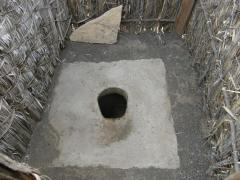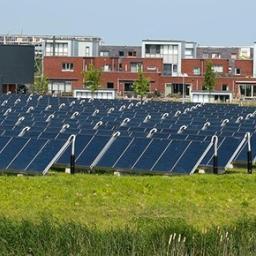Water-related conflict and migration: Risks and ambition pathways
This background report concerns water-related conflict and water-related migration. The results are published in Geography of future water challenges – Bending the trend. This report gives an overview of what could be achieved with concrete measures in four hotspot landscapes: river basins, deltas and coasts, dryland regions, and cities.
History shows that water stress-related migration has mostly been driven by the impact of water stress on livelihoods, demographic dynamics, and economic conditions. Vulnerability to water and climatic hazards is affected by poverty, low education, social and economic inequalities, and limited institutional capacity. Increasing water-related risks like droughts and flooding mainly affects the poor and exacerbates inequalities between low- and high-income countries. A combination of projected population growth, economic development, and climate change may increase water-related risks for livelihoods, and in more exceptional cases, also for migration and political stability.
Although it is not possible to accurately predict conflict and migration in the long term, this background report on water-related conflict and water-related migration does show that compared to the Business-as-usual scenario (SSP2) under a high ambition pathway, local water-related migration and conflict risk is expected to decrease.
Authors
Specifications
- Publication title
- Water-related conflict and migration: Risks and ambition pathways
- Publication date
- 16 April 2025
- Publication type
- Report
- Page count
- 76
- Publication language
- English
- Product number
- 5125




